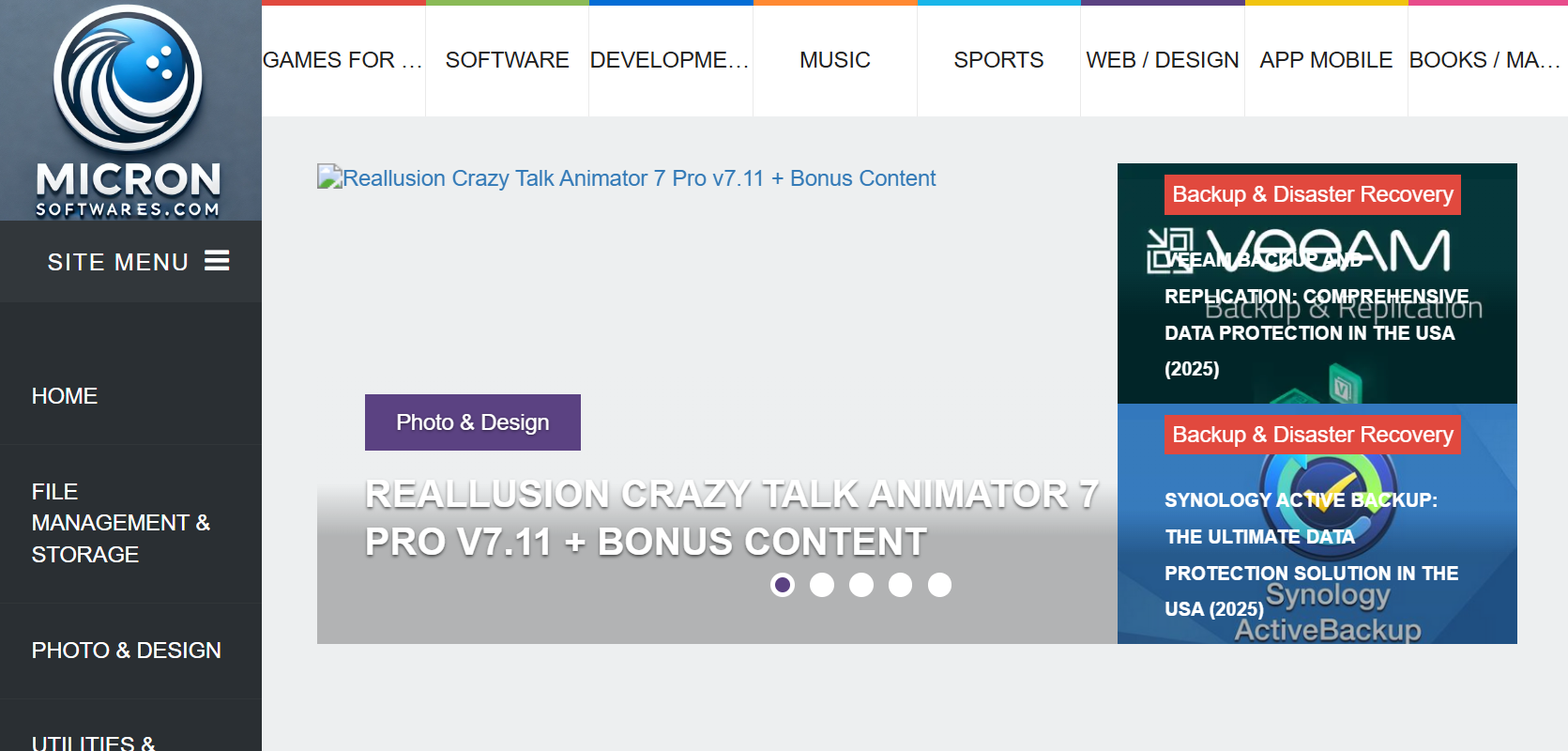Downloading Windows Software: A Deep Dive into the Essentials
Downloading Windows Software: A Deep Dive into the Essentials
Understanding Windows Software Downloads
In today’s tech-driven world, downloading software is a fundamental part of the Windows user experience. This section sheds light on what Windows software downloads entail and how users engage with various platforms.
What Exactly Is a Windows Software Download?

A Windows software download involves transferring software files from an online source directly to your Windows computer. This shift has revolutionized how software is distributed and accessed.
The Digital Distribution Shift
Experts agree that digital distribution has significantly sped up software accessibility. Users can now download applications instantly, bypassing the need for physical media.
Types of Software You Can Download
- Utilities: Tools designed to boost system performance.
- Applications: Programs for productivity, entertainment, and more.
- Drivers: Software that facilitates communication between hardware and the operating system.
- Operating Systems: Complete installations like Windows 10 or 11.
The Windows Software Download Ecosystem
This section delves into the ecosystem surrounding software downloads, exploring various distribution channels.
Overview of Distribution Channels
Official sources, such as the Microsoft website and the Windows Store, provide secure download options, ensuring safety and compatibility with your system.
Third-Party Aggregators
Websites like FileHippo and Softpedia aggregate software from various vendors. They offer user reviews and safety checks, but it’s crucial for users to confirm the authenticity of the software they download.
The Technical Side of Software Downloads
Grasping the technical aspects of software downloads is vital for maintaining security.
Web Servers and File Hosting
Software files are stored on web servers. When you initiate a download, these files are sent to your device via protocols like HTTP or HTTPS.
Ensuring File Integrity
Digital signatures and certificates help verify the authenticity of downloads. Always check these to avoid installing compromised software.
Your Step-by-Step Guide to Downloading Windows Software
Follow these practical steps to download software safely.
Identifying a Trusted Source
Start with official websites for essential software. When necessary, use reputable aggregators.
Checking System Requirements
Before downloading, ensure the software is compatible with your system. Verify that the version aligns with your Windows release.
Starting the Download
Make sure the URL begins with “https://” for a secure connection. Consider using a download manager for larger files.
Verifying File Integrity
Check digital signatures through file properties and compare hash values to confirm that the file hasn’t been tampered with.
Installing the Software
Follow the prompts in the installation wizard. You may need administrative rights for certain applications.
Post-Installation Security
Run antivirus scans after installation to ensure no malware was introduced. Regularly update your software to maintain security.
The Importance of Digital Trust and Security
Trust is a cornerstone in the software download process. Users must engage in secure practices to safeguard their systems.
Building Digital Trust
Software providers utilize encryption and security audits to foster trust with users, helping to mitigate risks like man-in-the-middle attacks.
Educating Users on Cybersecurity
Users should be aware of how to identify phishing websites and always check for HTTPS. Using reputable antivirus software is essential.
Conclusion
Downloading Windows software is a crucial aspect of modern computing. Understanding the process empowers users to maintain security and trust.
Frequently Asked Questions (FAQ)
1. What are the best sources for downloading Windows software?
Stick with official sources like Microsoft and well-known aggregators for safe downloads—this is especially important in 2024.
2. How can I ensure the software I download is safe?
Always verify digital signatures and check for HTTPS. Using reputable sources can help you avoid malware risks in 2024.
3. What should I do if I encounter issues during installation?
Look for compatibility issues and ensure you have administrative rights. Forums can be a great resource for troubleshooting in 2024.
4. Why is it important to verify file integrity?
Verifying file integrity ensures that the software is untampered, protecting users from malware threats in 2024.
5. How often should I update my downloaded software?
Regular updates are vital for security and performance. Aim to check for updates at least once a month in 2024.
For more insights on Windows software downloads, visit micronsoftwares.

